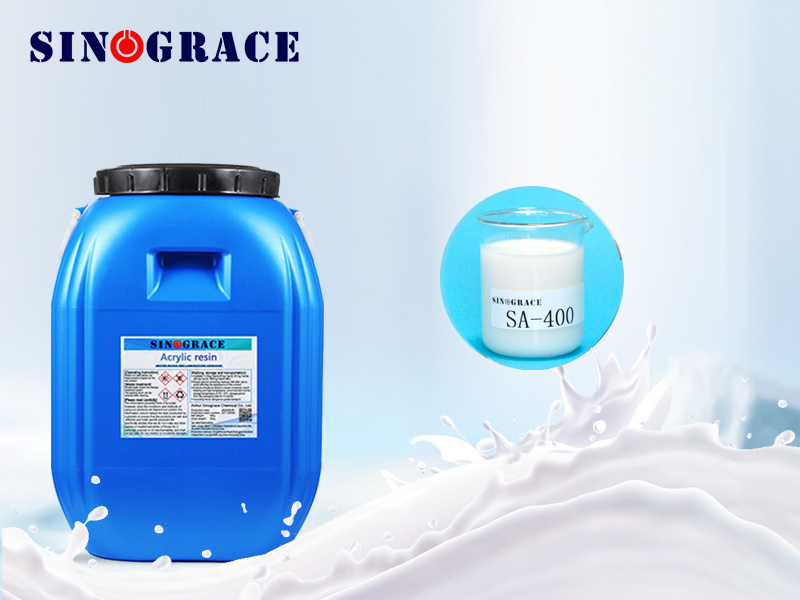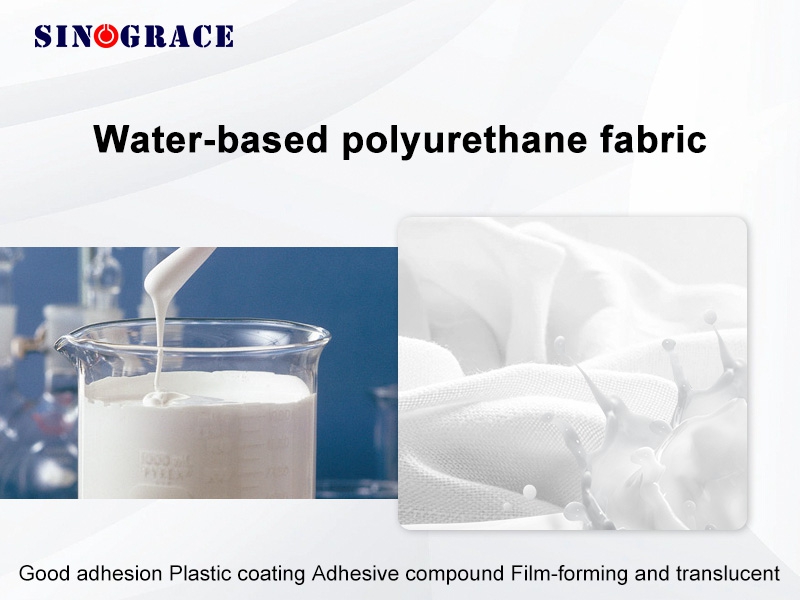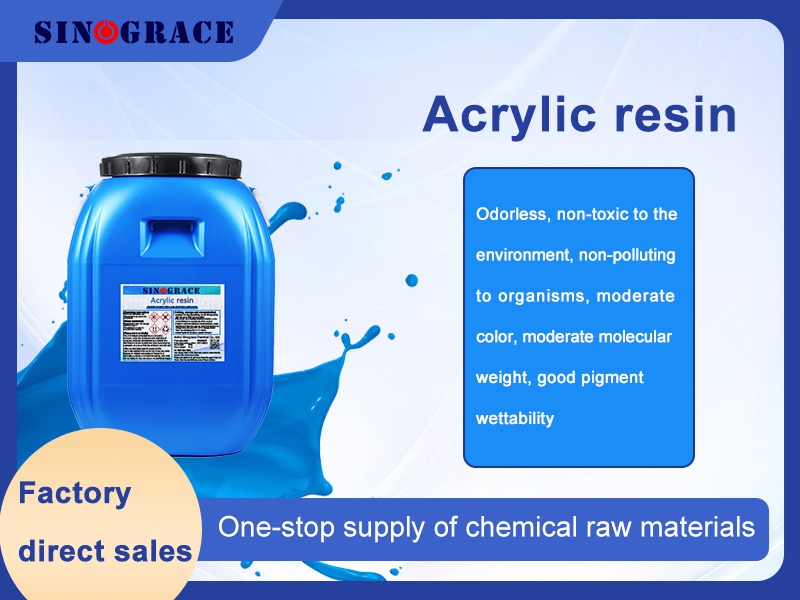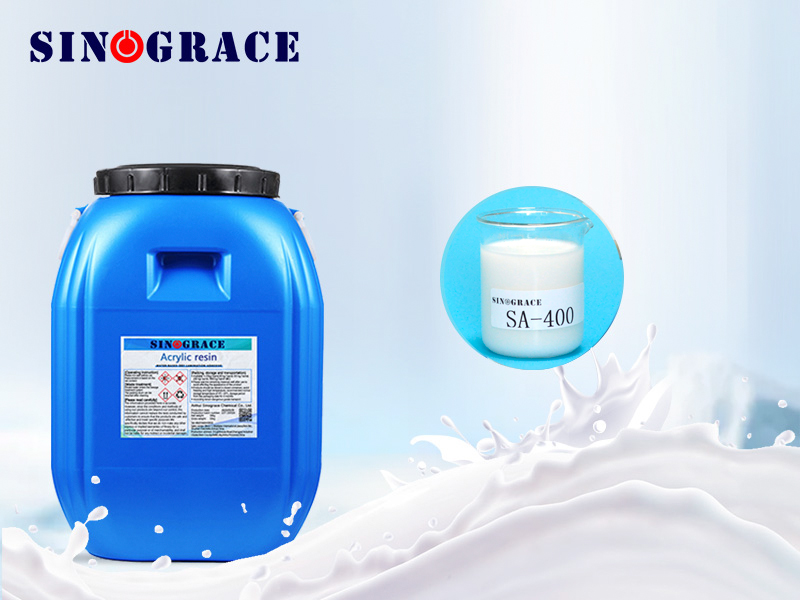Soft monomers and hard monomers in acrylic emulsion and their functional differences
Sinograce Chemical researches, develops, produces and sells various acrylic emulsions, waterborne polyurethane dispersions, etc., which are applied in packaging lamination, waterborne coatings, wood coatings, waterborne metal anti-corrosion paints, single and two-component waterborne plastic paints, leather finishing agents, printing inks and varnishes, adhesion of waterborne composite inks, laminating adhesives, laminating adhesives, panel adhesives, PVC laminating adhesives, textile stiffening agents, printing pastes Pressure-sensitive adhesive PSA, etc. Acrylic emulsion is a water-based emulsion, composed of two different monomers: soft monomers and hard monomers. Soft monomers refer to monomers with high hydrophilicity and dispersion performance. Hard monomers refer to monomers with high lipophilicity and crystallization properties. I. Functional Differences between soft monomers and hard monomers 1.Different dispersion performance: Soft monomers have better dispersion performance, which can evenly disperse the particles in the emulsion and improve the quality of products such as coatings and adhesives; Hard monomers, on the other hand, have poor dispersion performance, which can easily lead to particle agglomeration and affect product quality. 2. Different morphological stability: Hard monomers have higher crystallization performance, which can enhance the morphological stability of emulsions, prevent the precipitation and phase separation of emulsions. However, soft monomers have poor crystallization performance and are prone to causing emulsion instability. 3. Different application fields: Soft monomers are suitable for preparing highly dispersed, highly transparent and highly hard emulsion products; Hard monomers, on the other hand, are suitable for preparing emulsion products with high filling amount, high flexibility and high viscosity. Ii. The proportion of soft monomers to hard monomers in acrylic emulsion Under normal circumstances, the ratio of soft monomers to hard monomers is between 3:7 and 7:3. In practical applications, it is necessary to select the appropriate proportion of monomers based on the requirements of the product and process conditions to achieve better performance and effect.
read more

 English
English français
français русский
русский español
español العربية
العربية








